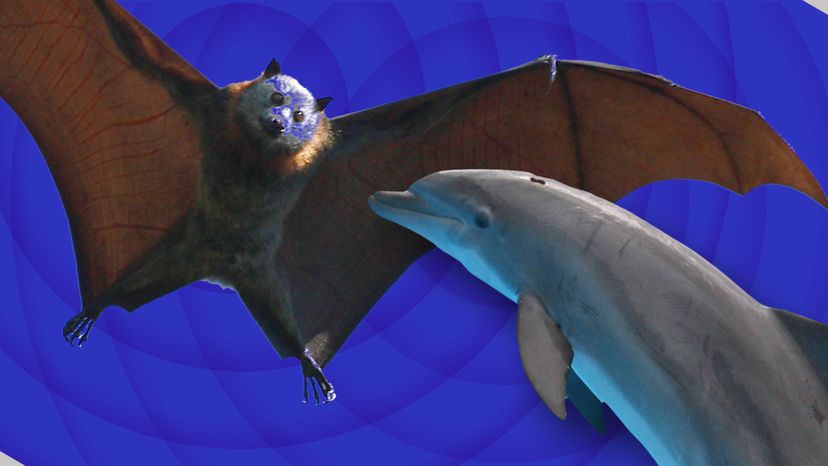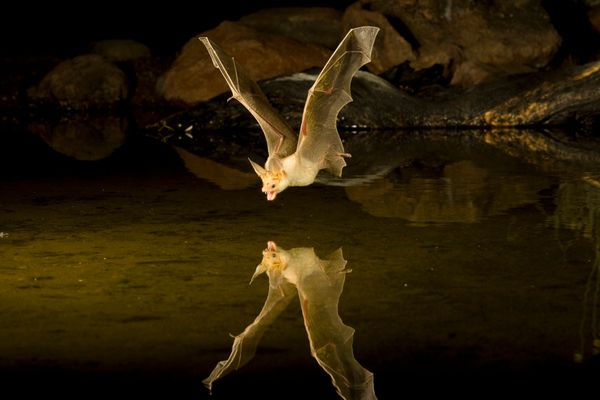
Without burdock burrs, squid nerves and kingfisher beaks — respectively — we wouldn't have Velcro, Schmitt Trigger input circuits or the high-speed Shinkansen bullet train. Engineers love to mine the natural world for ideas.
Echolocation is another example where nature beat mankind to the punch. Echolocation is the process of detecting or examining an object by hitting it with high-frequency sound waves, which then bounce back to the source. Sonar technology has enabled humans to do this for more than 100 years, but numerous toothed whales — a lineage that includes dolphins, porpoises, and sperm whales — utilize echolocation. So do around 1,000 bat species.
Advertisement
As sonar engineering continues to evolve, future inventors will probably derive lots of inspiration from bats and toothy cetaceans alike. But which group will be more valuable to the pioneers of tomorrow?
That question has led to some playful ribbing among scientists. Laura Kloepper is an assistant professor of biology at St. Mary's College in Indiana. At a November 2018, gathering of the Acoustical Society of America, she presented new research that highlights some key differences between bat and dolphin echolocation. And to Kloepper, the choice is clear: She thinks bats use the technique in a way that's far more impressive.
But others aren't so sure. There might not be a definitive winner in this aural battle royal. Before you declare yourself for "Team Bat" or "Team Dolphin," here's a breakdown of the matchup.
Advertisement


